From printmaking studios in Paris to the vibrant art scene of Johannesburg, Fiona Pole brings her brand of creativity and finesse to everything she does. An artist at heart, Fiona’s journey took her from earning accolades at L'École Supérieure Estienne in Paris to co-owning and running the atelier at the popular 44 Stanley complex with her partner. The studio offers bespoke framing services and a large selection of prints and books for sale, with an exhibition space – the gallery – next door.
Since returning to Johannesburg in 2012 with her family, Pole has made her mark as a curator and creator, transforming the space below her own studio into a haven for artists, art lovers, and collectors. From experimenting with printmaking techniques to collaborating with local artists and curating exhibitions that celebrate a range of perspectives, Pole's duality as an active creator and gallerist makes her an interesting figure in the art community.
We chatted to Pole about moving between roles, why she returned to Joburg after a decade abroad, and how the city's architectural landscape and endless energy inspires her.
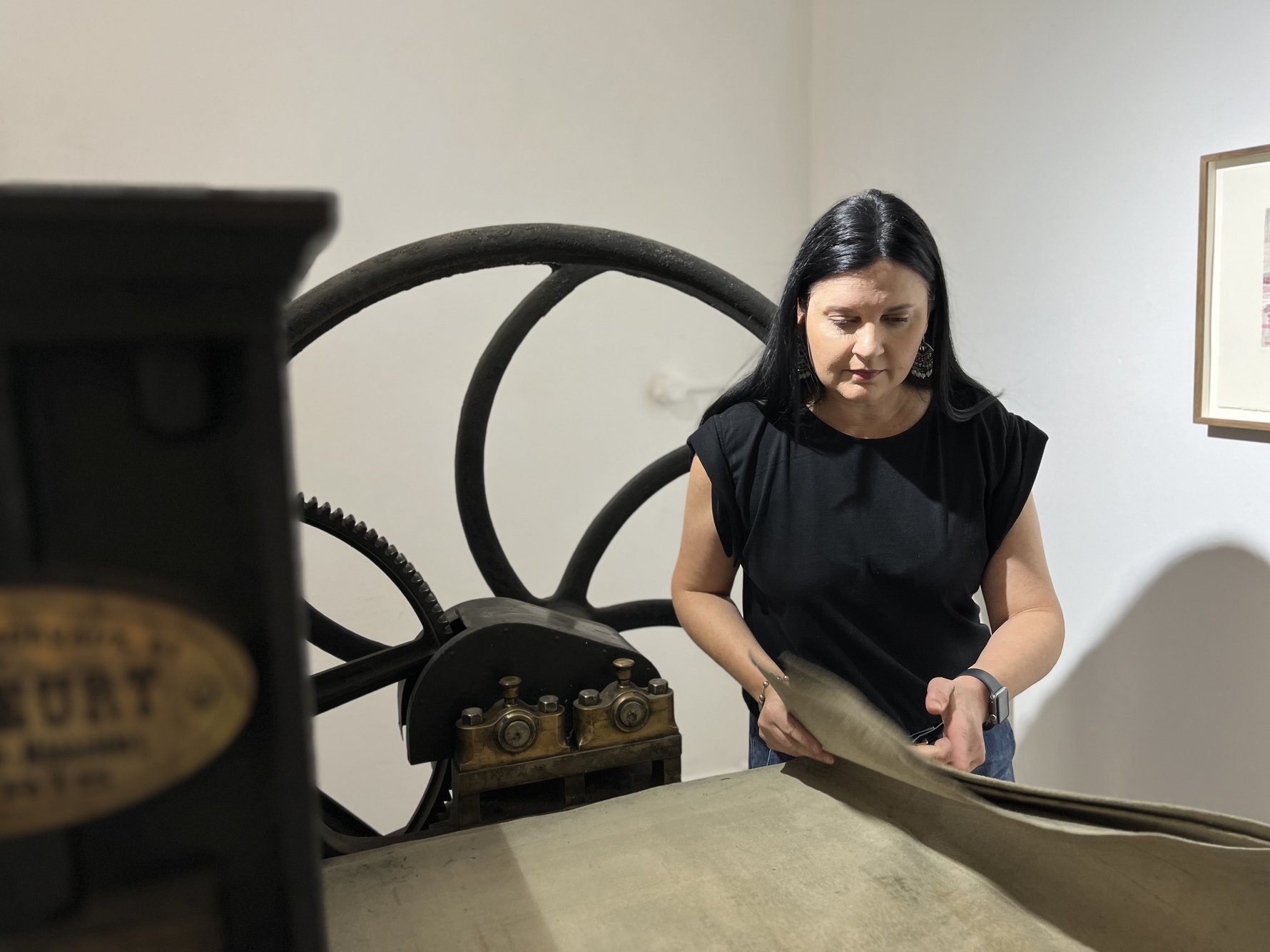
"Johannesburg’s architectural landscape plays a central role in my work. [...] My deep connection to Johannesburg is evident in the constant use of its landscape as inspiration and subject matter, capturing more than just buildings – reflecting my lived experience of the city."
You spent 10 years in Paris. How has that defined your relationship to the city of Joburg (called the "second greatest city after Paris" by William Kentridge)?
Reflecting on my years in Paris, the city was a place of wonder, but my return to Johannesburg was a deliberate choice. Joburg is a space of resilience and optimism. It’s a sprawling metropolis with boundless energy – Egoli, Joeys, Jozi, Joburg – the unofficial capital of South Africa. Johannesburg, with its almost eight million residents [in the metropolitan], has an undeniable pull on me that goes beyond the physical.
You practise as an artist and as a gallerist. Tell us about navigating between these roles.
My dual role as an artist and gallerist has helped dissolve the traditional boundaries between artist and dealer. Working closely with artists enriches my creative process. The gallery's dynamic programme features emerging and established artists, focusing on South African talent. Group exhibitions, rotating every five to six weeks, have become the gallery’s signature, energising the space and my work. Conveniently, my studio is located just upstairs from the gallery, allowing me to easily move between my roles.
At the gallery, you showcase a lot of work by young or emerging artists. What have been some highlights?
Since its inception just before the Covid-19 pandemic, the gallery has become a platform for emerging and established artists. My team and I actively seek out new talent, curating group shows that showcase a wide array of voices without locking artists into restrictive exclusivity deals. The gallery has hosted many standout exhibitions, including Rocks; Between Image and Text; Memory, History, Geography; and Editions. Some of the artists to watch include Balekane Legoabe, Sam Kentridge, Vanessa Cowling, Fanie Buys, John Phalane, Hedwig Barry, Chloe Reid, Thanduxolo Nombali Phakathi, Stephen Allwright, Pule Ratsoma, Nano Le Face, Sitaara Stodel, and Lebogang Mogul Mabusela.
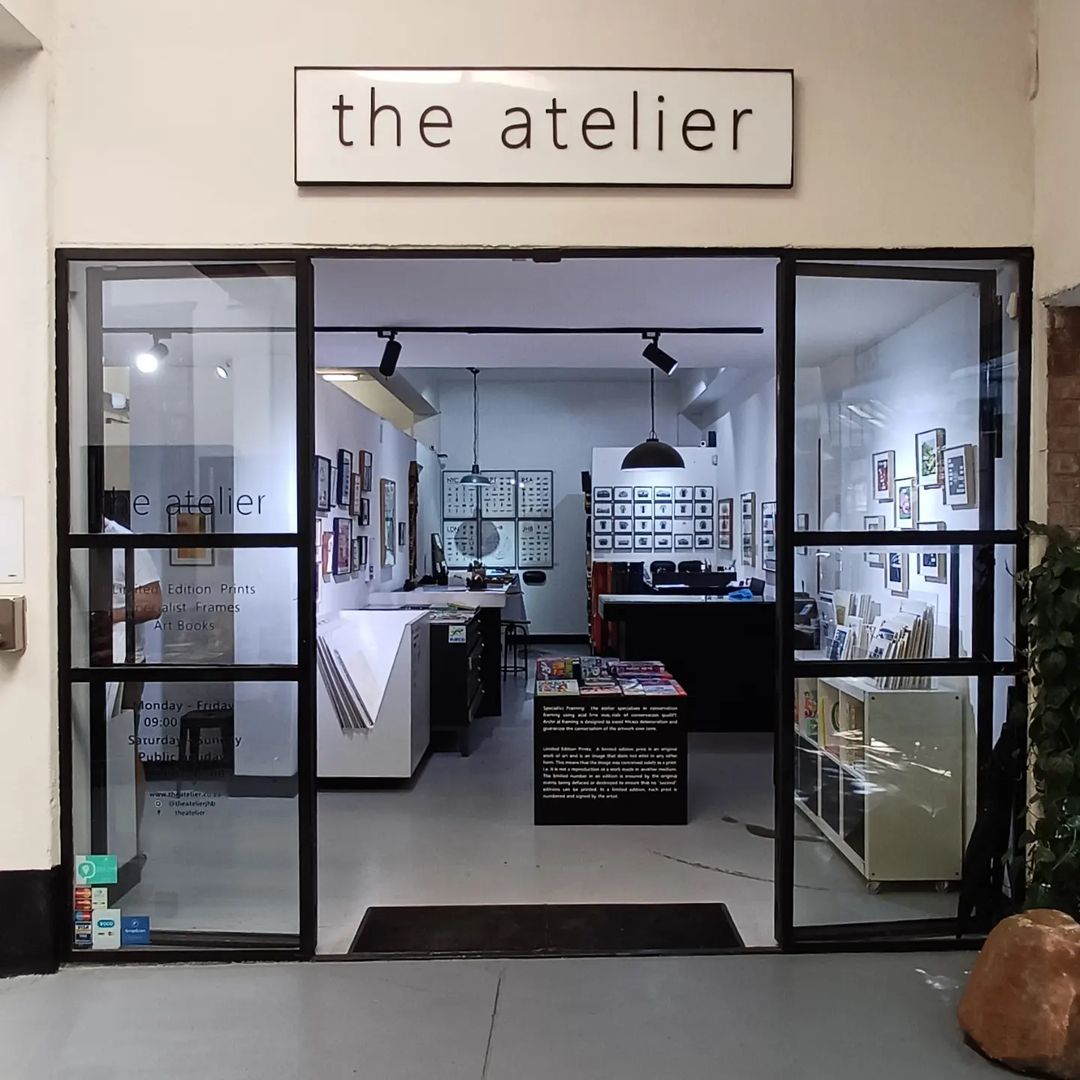
"With its vibrant diversity and endless energy, Johannesburg is a city where artists can thrive."
What is it about printmaking that you chose it above other mediums?
Our art class had a printing press, so I was very lucky to be introduced to printmaking while still at school. There is something magical about peeling off the paper from the plate once it has passed through the press, and that thrill never dissipates. There are so many possibilities and different methods of achieving a print. I am currently working with Tetra Pak (from recycled cartons) and printing the plates on a pasta machine. The techniques are endless: scratching, scraping, polishing, gouging, cutting, painting, drawing, sanding, and incising. I love the graphic quality and the ability to make multiples of a single image. It’s also important to me that printmaking helps make collecting art more accessible.
A lot of your work has focused on recording a sense of place in Joburg, its architecture and buildings, streets, and people. What draws you to this subject matter?
Johannesburg’s architectural landscape plays a central role in my work. It’s not just about recording the city’s physicality, I try to convey the emotions, the head and heart stuff, that comes with experiencing a place. My deep connection to Johannesburg is evident in the constant use of its landscape as inspiration and subject matter, capturing more than just buildings – reflecting my lived experience of the city.
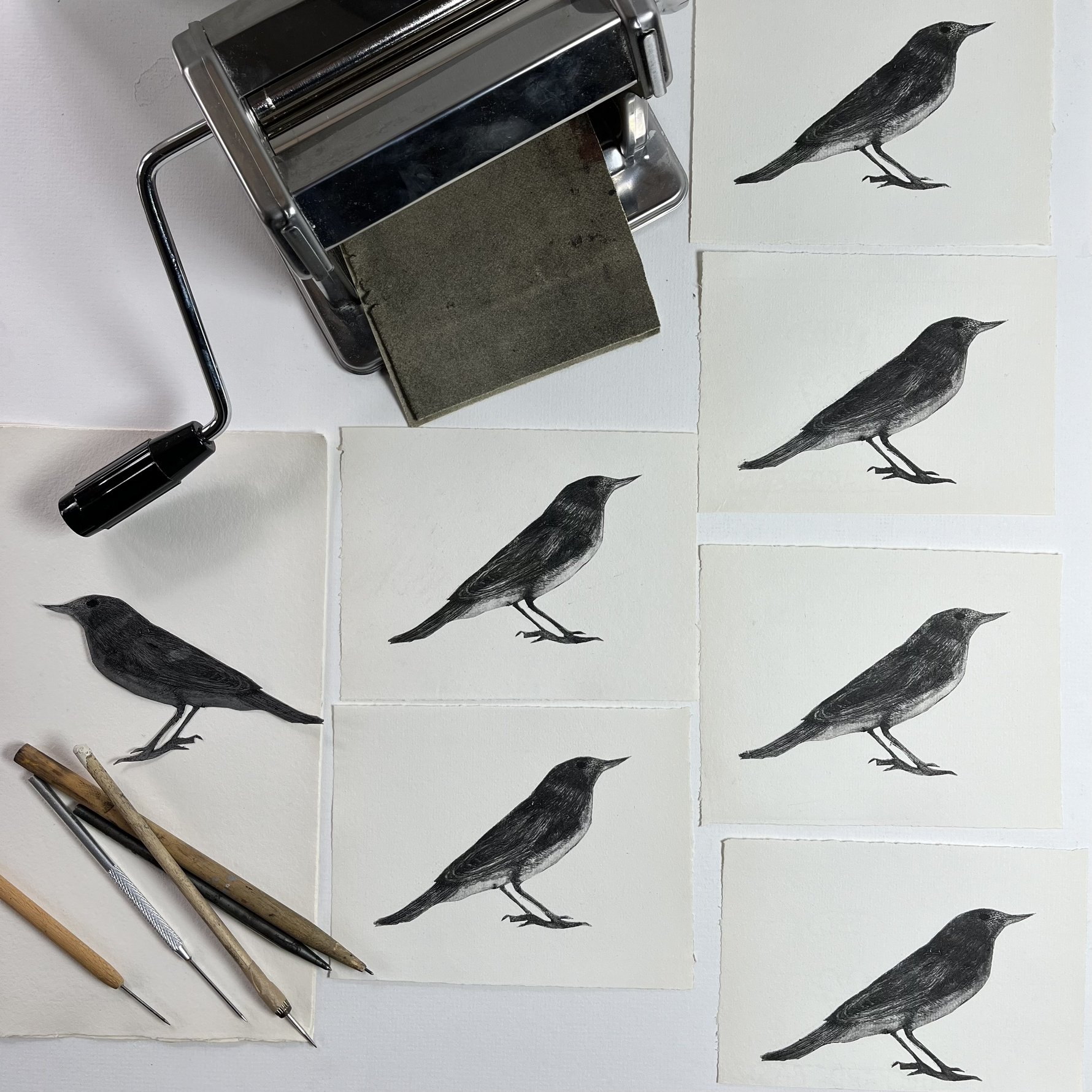
"Joburg gets under your skin. The city’s entrepreneurial spirit and strong sense of community are added bonuses of living here."
In some ways, this city is an artist's city, with such a rich world of artistic activity. Why do you think that is, and what would you add to it if you could?Despite its challenges, Johannesburg is a fertile ground for artists. As the economic hub of South Africa, the city supports a growing ecosystem of galleries, art fairs, and creative events. It's also important to note that the increasing interest in African art on the global stage bolsters the local art scene. With its vibrant diversity and endless energy, Johannesburg is a city where artists can thrive. I'd love to add a year-round programme of free art workshops for the city's young inhabitants.
What brought you to Joburg and/or what makes you stay here?
My love for Johannesburg runs deep. I returned for my family and the desire to reconnect after living abroad for many years. Joburg gets under your skin. The city’s entrepreneurial spirit and strong sense of community are added bonuses of living here.
Home is...
Where the story begins.
What is a surprising thing people might learn about Joburg by having a conversation with you?
My family's connection to Johannesburg goes back generations to the discovery of gold on the Witwatersrand. My great-grandfather owned several claims.
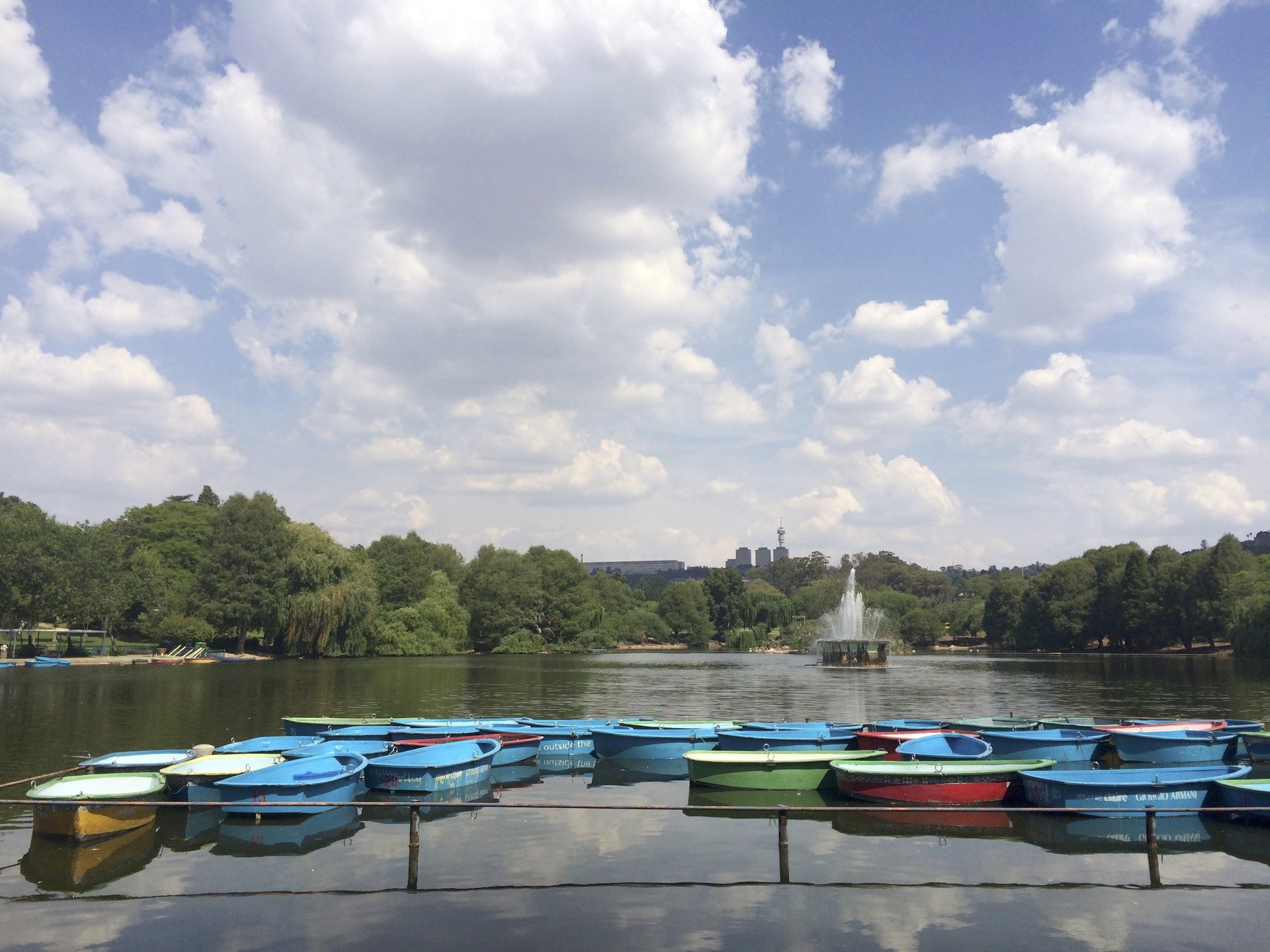
Your favourite Joburg suburb, and why do you choose it?
Parkview – I love the village feel and its close proximity to Zoo Lake, Tyrone Avenue with its shops and restaurants, Alliance Française of Johannesburg, and Dibuka Library. It is also one of the oldest suburbs in Johannesburg.
What three things should a visitor not leave Joburg without seeing or experiencing?
44 Stanley – a mix of stores, galleries and restaurants with shady green courtyards – don’t miss a visit to this outdoor centre. Klipriviersberg Nature Reserve, [less than 20km] south of the City Centre, is a 680-hectare nature reserve home to the highest concentration of recorded Iron Age sites on the Witwatersrand. It is a perfect spot for hikes with incredible views of Johannesburg. City Sightseeing Bus – a great introduction to Joburg and its key attractions.
Your favourite Joburg author or favourite Joburg book?
It is so hard to choose just one but I recently read The Near North by Ivan Vladislavić – an account of life in Johannesburg. [Ivan Vladislavić is a South African novelist, short story writer, essayist and editor.]
One song on your Joburg soundtrack that is either about Joburg or makes you think about this city?
Here Comes the Sun by Nina Simone.
The most memorable meal you have eaten in Joburg?
Again, it is very hard to choose only one memorable meal; there have been many, but Salvation Cafe [at 44 Stanley] consistently serves excellent meals, and the setting is equally perfect.
If you could buy one Joburg building, which would it be?
The Johannesburg Art Gallery. An invaluable resource for everyone, the museum is the oldest of its kind in the city and boasts a collection of over 10,000 artworks – the largest public art collection in South Africa. The building needs urgent renovations – priceless artworks are currently at very real risk of irreparable damage.
"Joburgers are friendly, they know how to hustle, move fast, work hard, and reinvent themselves."
If you were Joburg's mayor for one day (average tenure), what would you change?
Litter is such a massive problem in our metropolis. If I were Joburg mayor for a day, I’d ask all Joburgers to join forces with initiatives like Jozi My Jozi and accelerate the clean-up of our city.
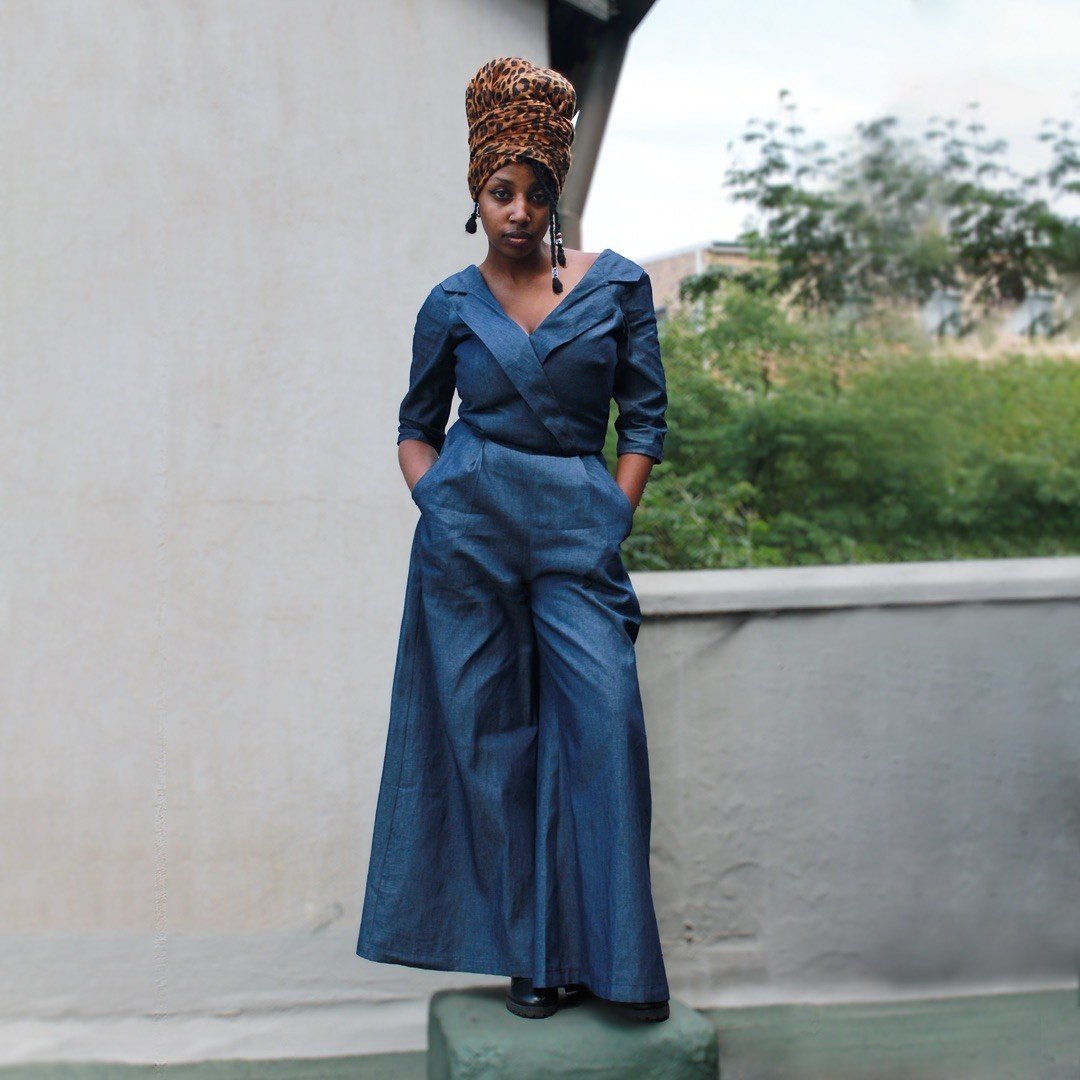
Favourite Joburg label, and why?
Lunar, for its sustainable fashion. At Lunar, the clothes are produced locally and they’re committed to crafting clothing from pure, natural, sustainable fabrics whilst causing no harm to the earth.
What makes someone a Joburger?
Joburgers are friendly, they know how to hustle, move fast, work hard, and reinvent themselves.
What do you love most about Joburg?
The frenetic energy and being part of this great city. The can-do mentality of Joburgers and the ability to turn the negative into [a] positive.
What do you least like about Joburg?
Signs of decay.
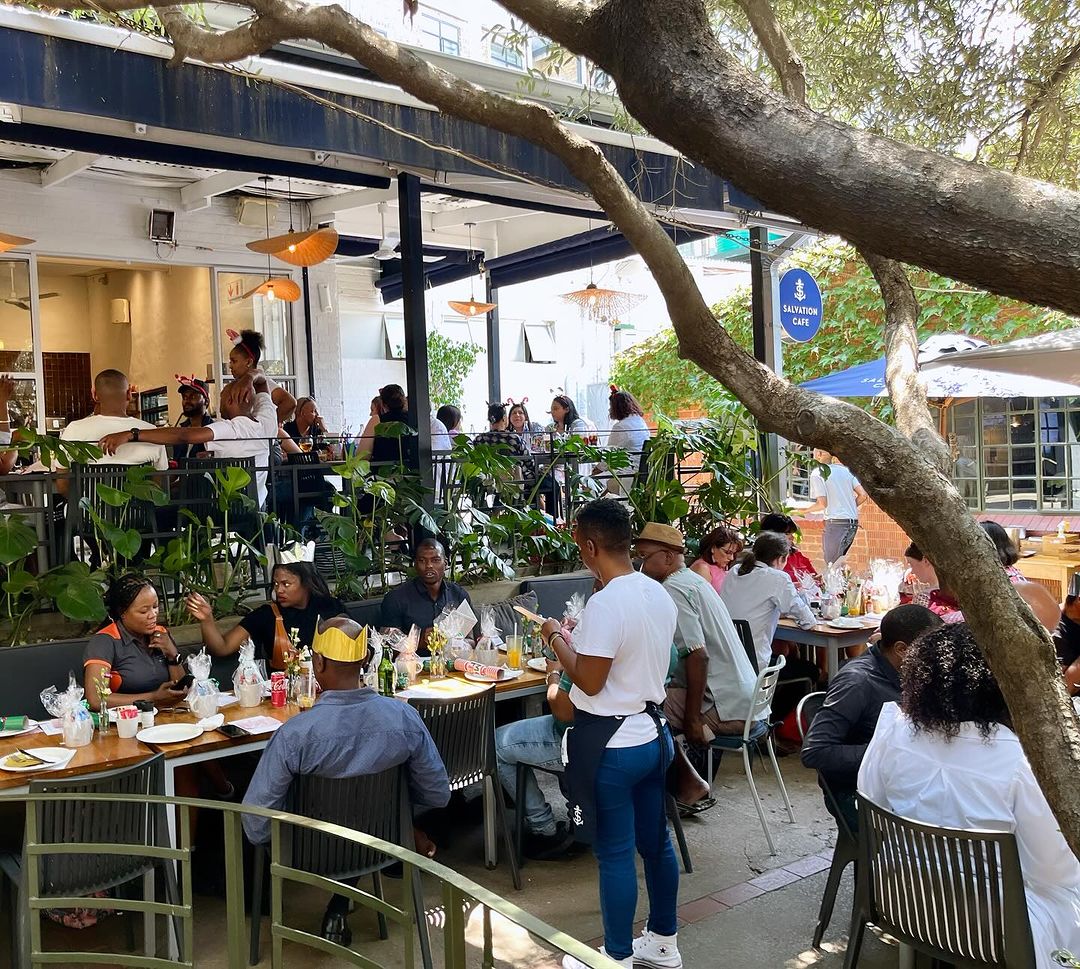
The perfect weekend in Joburg includes...
Walks in Delta Park, hot chocolate at Salvation Café, Sundowners at Crafters View rooftop bar.
Your number one tip for a first-time visitor to Joburg?
Sign up for one or more of the tours offered by Sarah Barret of Joburg 360.
Who is one Joburg personality you would honour with the Freedom of the City if you could, and why?
The team at Jozi My Jozi. The Joburg city centre needs so much love and attention. Jozi My Jozi is proving to be an effective catalyst for trying to rejuvenate it through community-driven initiatives.
Three words that describe this city
Frenetic, vast, welcoming.
Check out some of our previous #MyJoburg interviews for more insights into the city:
#MyJoburg with Federico Freschi, UJ's singing Dean
#MyJoburg with Savannah Cozzi, attorney and co-founder of Socially Gathering
#MyJoburg with 'Stacey' AKA Curious Sleuth, craftivist


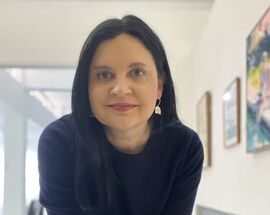

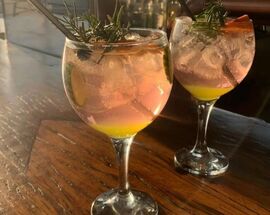


Comments